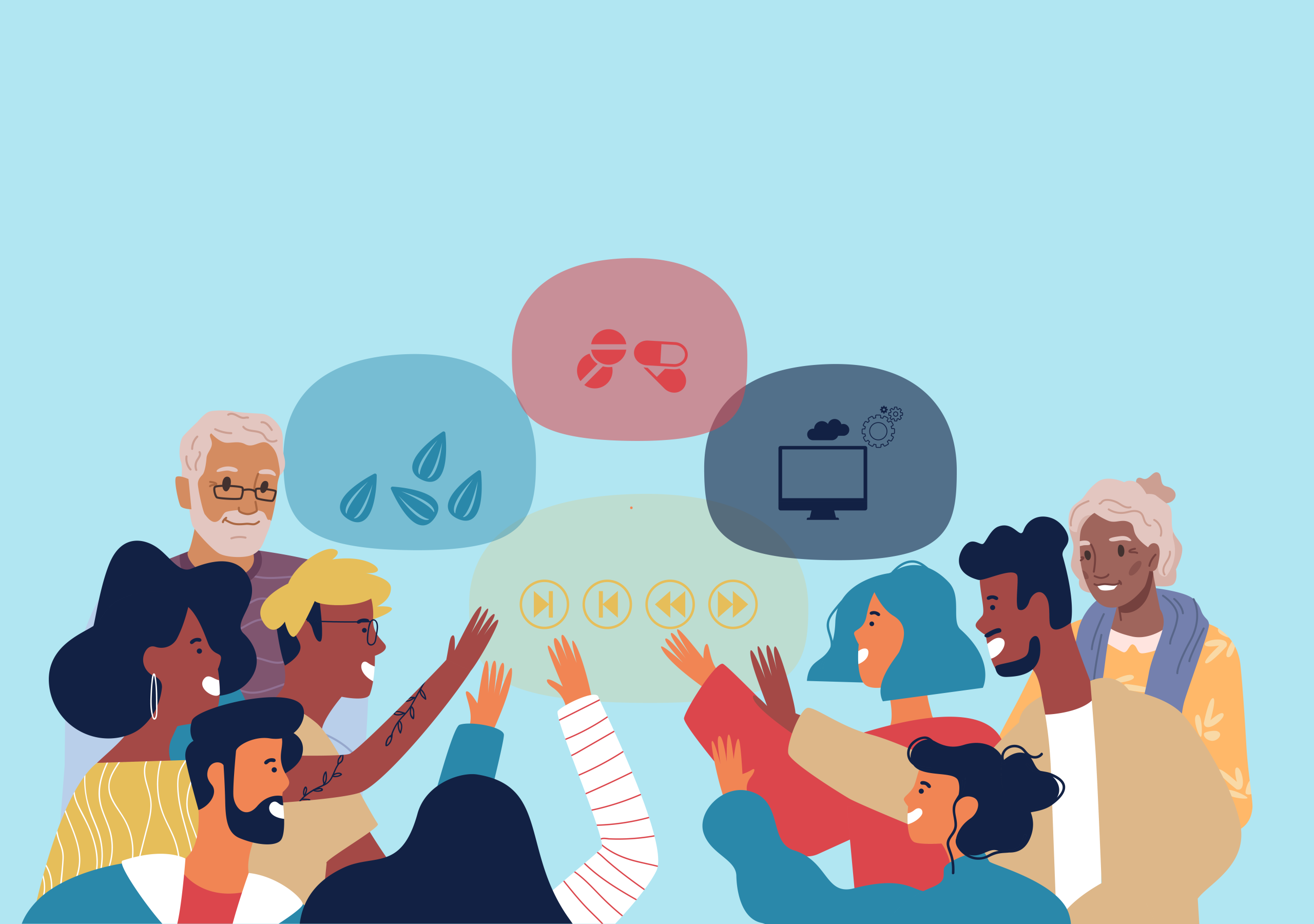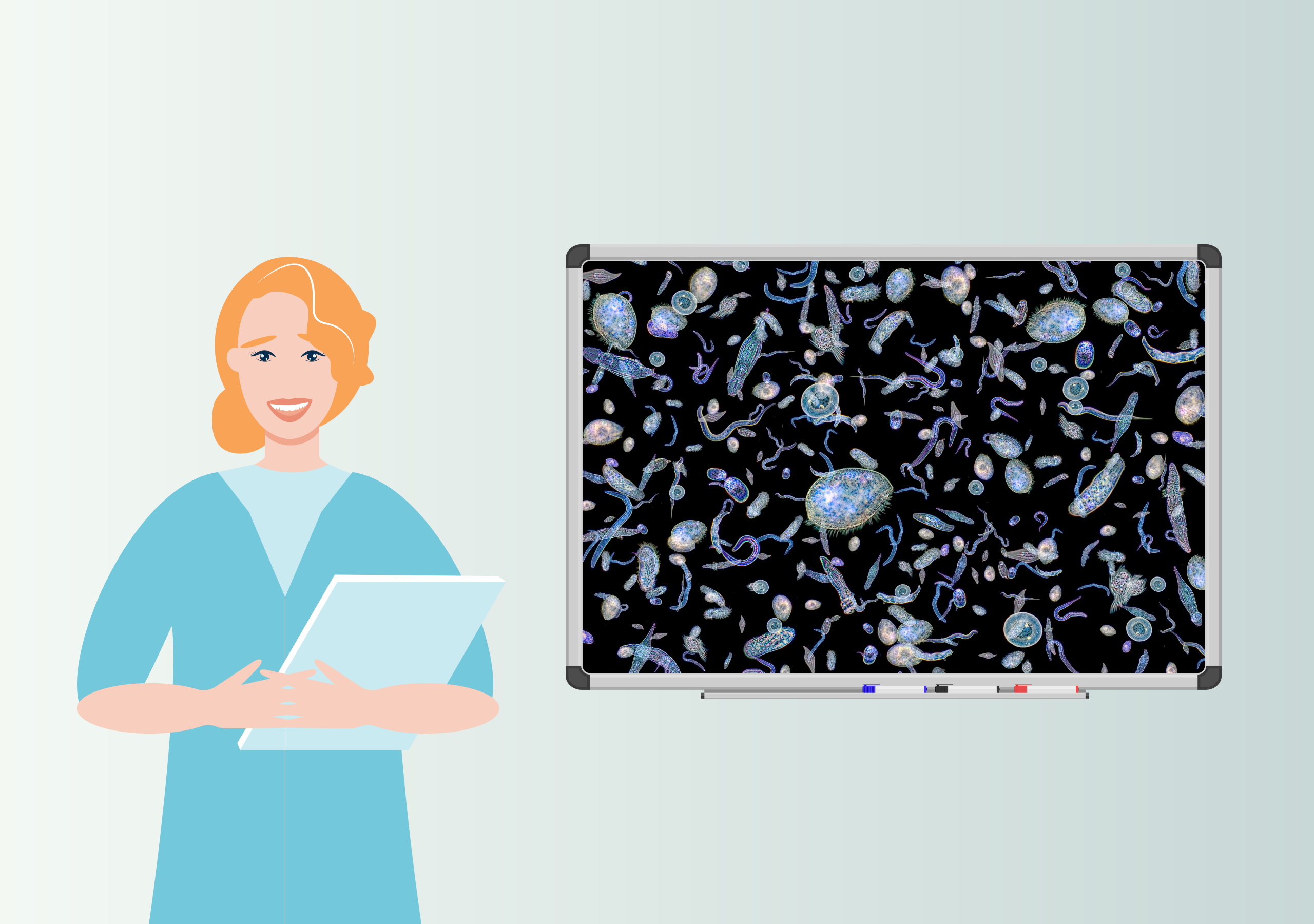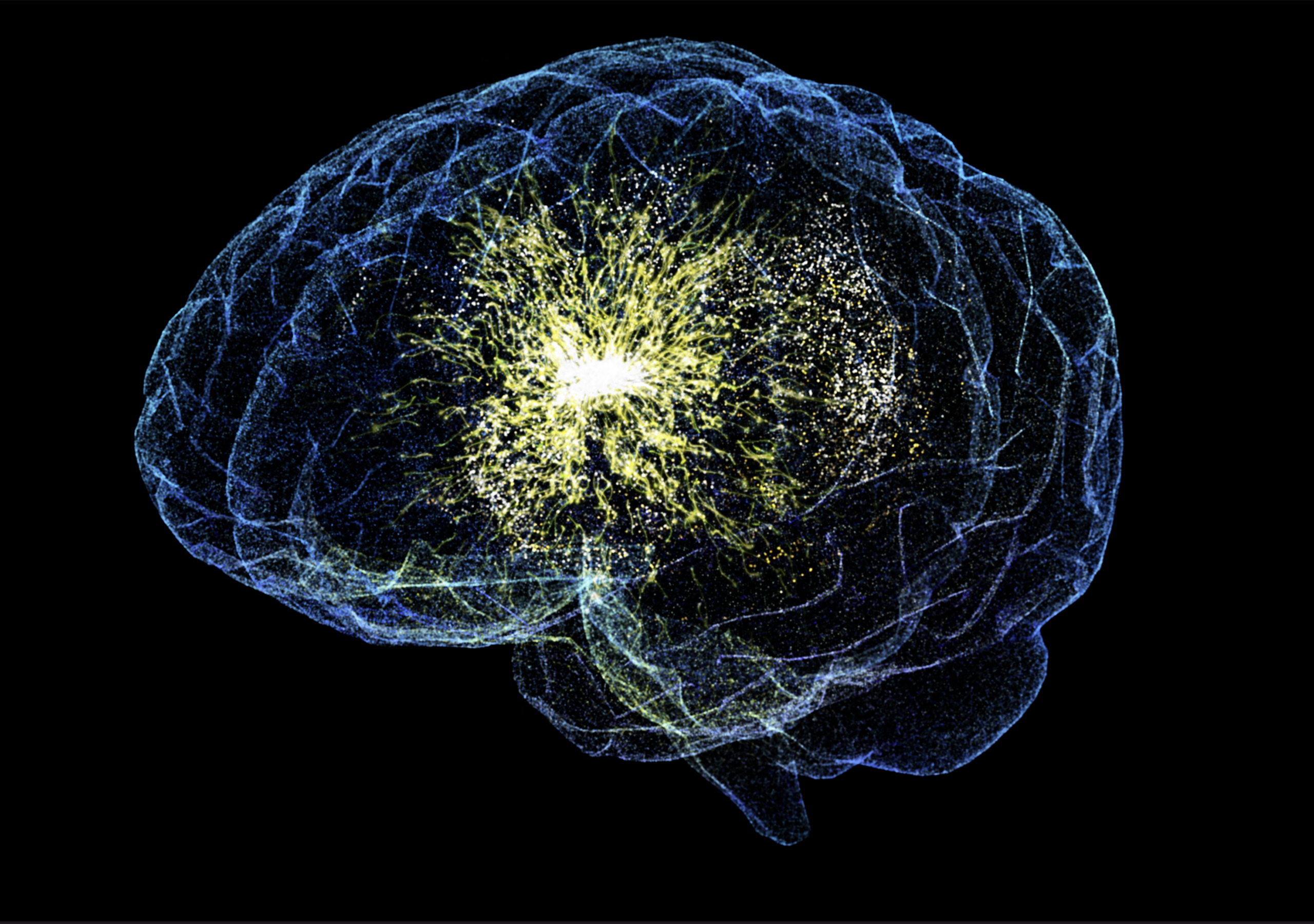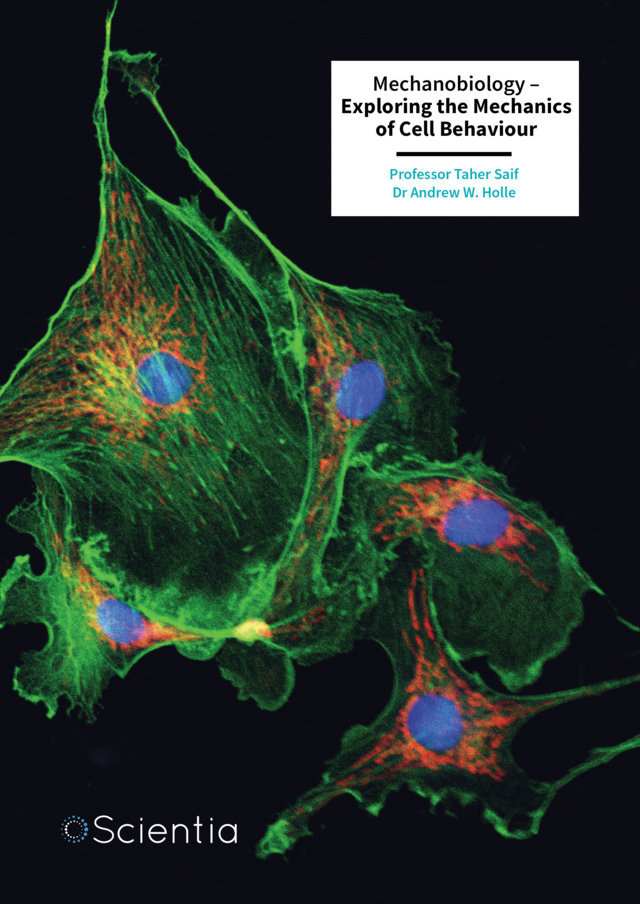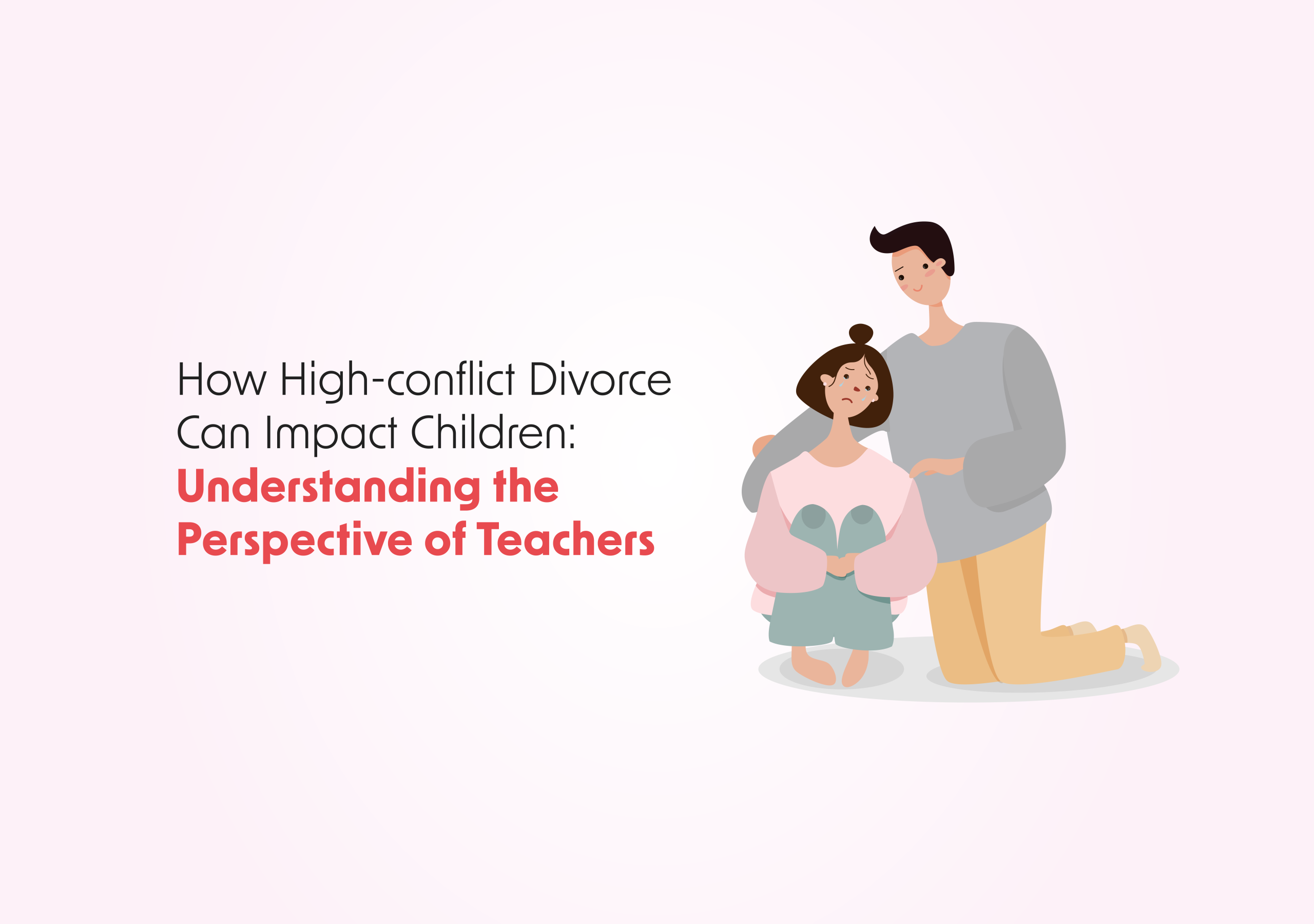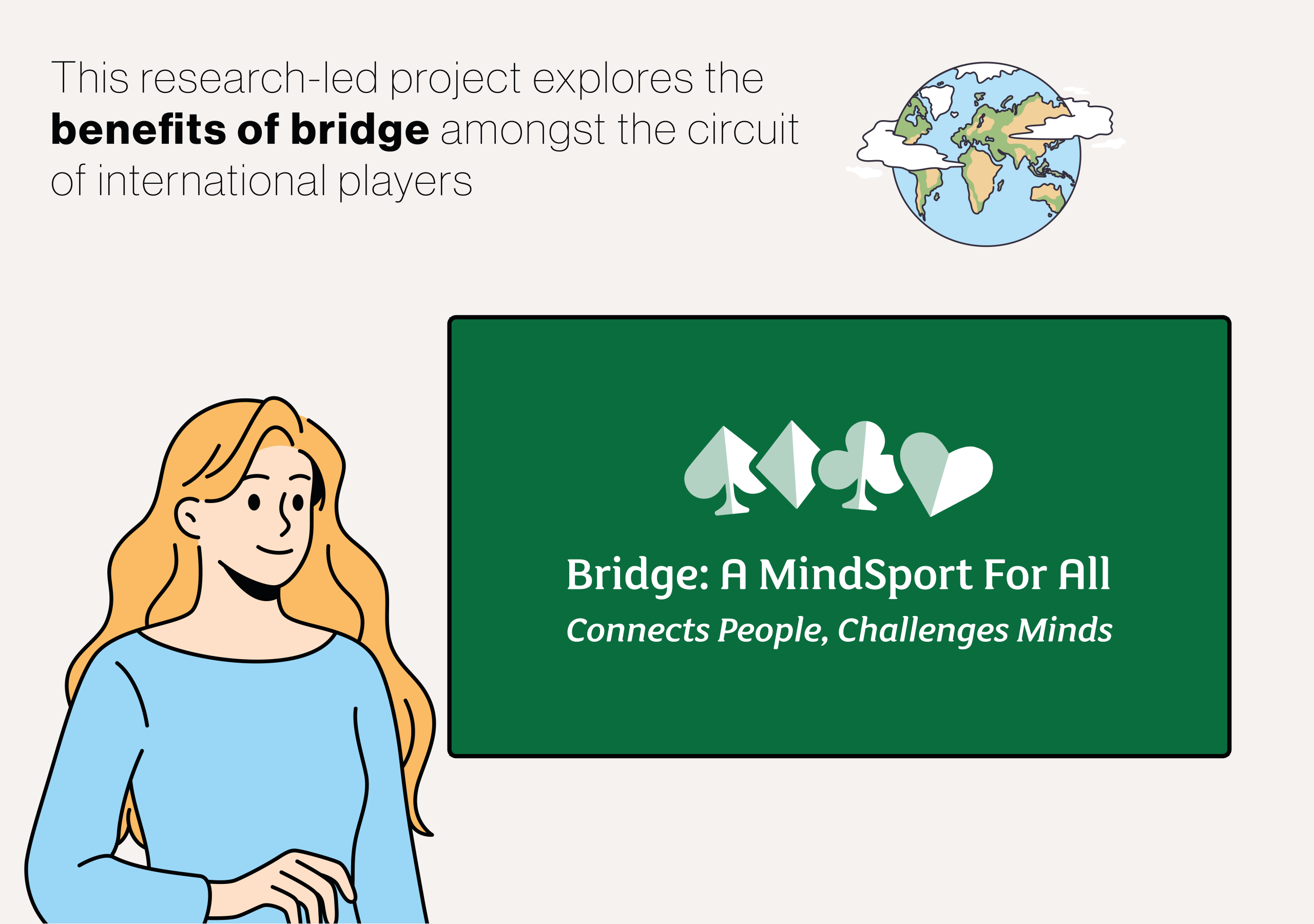By now, most of us are familiar with stories of wildlife interacting with the modern world, often with unfortunate consequences. Examples include urban foxes struck by vehicles, bears rummaging through trash, and sea turtles entangled in plastic. But there’s a quieter, often unseen danger that claims hundreds of millions of bird lives each year. This is the common window, a source of light for us, but potentially deadly for unsuspecting birds on the wing. Bird-window collisions (or BWCs for short) are a global phenomenon and a growing conservation concern. Birds in flight often fail to perceive clear or reflective glass as a barrier, leading to fatal crashes into windows, especially on modern buildings. Until recently, tracking the scope of this problem, especially in tropical and subtropical regions, has proven difficult. Traditional monitoring methods require trained observers, time-consuming surveys, and, critically, access to fresh bird carcasses, which can vanish quickly in warm, scavenger-rich environments. But in Taiwan, an innovative approach is offering new hope, and it’s coming from an unexpected place: social media. More
In a pioneering study, Chi-Heng Hsieh and Gen-Chang Hsu of National Taiwan University and their collaborators, Ling-Min Wang, the Director of the Raptor Rehabilitation Station of Raptor Research Group of Taiwan asked a provocative question: Can social media serve as a reliable source of citizen science data for bird-window collisions? The idea might sound far-fetched at first. After all, how can this chaotic and polarized world of likes, shares, and cat memes support scientific research?
Yet the sheer ubiquity of social media in daily life potentially makes it a rich, untapped resource for citizen science. In Taiwan, where over 80% of the population uses Facebook, people often post about odd or upsetting encounters with wildlife, including birds dazed, injured, or dead from window impacts.
Rather than dismissing these anecdotes, Hsieh and her collaborators decided to turn them into data. The research team focused on two primary sources for BWC data spanning a decade (2012–2022). The first was TaiRON, Taiwan’s official citizen science platform for wildlife mortality reports. The second was Facebook, specifically a public group called “Reports on Bird-Glass Collisions,” created by the Raptor Research Group of Taiwan, founded in 2019. Members of this group, and others posting publicly on the platform, often share photos, locations, and personal encounters of bird collisions.
Collecting this information wasn’t as simple as scrolling through a feed. The researchers used structured keyword searches, such as “bird AND collide AND window”, in Mandarin, and even substituted common bird names to catch varied phrasing. They also reached out to users directly for more details, including GPS coordinates and species IDs. Over time, they amassed a trove of data: 2,583 BWC cases from Facebook and 1,000 from TaiRON.
Skeptics might wonder if this flood of social media reports is scientifically reliable. Surprisingly, the answer is yes. Hsieh’s analysis found that the geographic coverage, species diversity, and sampling completeness of Facebook-sourced data were comparable to the more formal TaiRON records. In fact, when comparing the proportion of bird species and the total number of BWC cases, Facebook often outperformed the dedicated platform.
Even more compelling is what Facebook data revealed that TaiRON couldn’t. Unlike TaiRON, which only logs birds found dead, many Facebook posts described birds that were stunned, rescued, or even those thought to recover and fly away. These “hidden collisions” are crucial to understanding the full impact of window strikes, not just the fatal ones.
Thanks to real-time posting, the Facebook data offered richer context: what the birds looked like, how they behaved after the crash, and what citizens did in response. In one particularly moving example, a post detailed a collision dating back to 1992, far before citizen science platforms even existed, when a Tawny Fish-owl, the largest owl found in Taiwan crashed into a train station window. It was a digital time capsule brought to light by a Facebook search.
Hsieh’s study is more than a data comparison exercise in that it highlights a deeper issue in bird conservation: geographic imbalance. Most previous BWC research has focused on North America and Europe, with relatively little data from Asia, Africa, or Latin America. Yet bird behavior, architecture, and urban design vary greatly across the globe, meaning local solutions must be grounded in local data.
In Taiwan, some of the top “super-colliders” were unique to the region. The Taiwan Barbet, for instance, emerged as the species most frequently involved in collisions, a finding not documented elsewhere. Similarly, birds of prey like the Crested Goshawk were surprisingly common in the data, signaling a need to better understand how top predators such as raptors interact with urban environments.
By combining data from Facebook and TaiRON, researchers were able to identify 172 different species affected by BWCs, many of them endemic, threatened, or understudied.
This work carries major implications. First, it demonstrates social media as a useful scientific tool, especially in conservation. Second, it underscores the power of citizen engagement. You don’t need to be a trained ornithologist to contribute to science, just a smartphone and curiosity about the world around you can help.
Facebook doesn’t just serve as a data source; it’s also an educational platform. Through the group, researchers can communicate directly with contributors, offering advice on how to handle injured birds or where to take them for treatment. It creates a loop of action, learning, and care. This two-way interaction fosters a more informed and empowered public, which is crucial for addressing environmental problems that require broad societal involvement. Of course, there are also trade-offs. Facebook reports are messy. They lack consistent formatting, may be missing location data, and require manual sorting and verification in an often painstaking process. Bird species identification can be tricky for casual users, which means scientists have to validate each record carefully.
Still, the benefits are clear. Social media offers a wider, more diverse reach, capturing observations from people who might never use a formal reporting platform. And while it may not replace dedicated systems, it complements them beautifully by filling in gaps, expanding coverage, and capturing nuance.
The Taiwan study sets a precedent for how we might approach environmental monitoring in the digital age. Instead of siloing science from everyday life, Chi-Heng Hsieh and her collaborators’ work invites us to see the platforms we already use, such as Facebook, as tools for awareness, data collection, and community-building.
In a world where climate change, habitat loss, and urban expansion put increasing pressure on wildlife, solutions must be as dynamic and interconnected as the problems themselves. Social media, long criticized for its role in misinformation and distraction, may also hold surprising power for environmental good.


